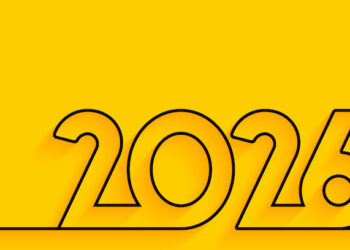David Ogilvy once described radio as the ‘Cinderella medium’. But if we analyse community radio’s ability to act as a communication portal – an audio Stargate – and to build trust and engagement in the very heart of a community, then maybe community radio is really the Sleeping Beauty medium.
So what’s stopping the handsome gender-neutral heir to the royal throne from playing their role in bringing the community radio fairy tale to life?
When it comes to planning community radio, it’s simply a question of remembering to Mind the Gap!
Drifting aimlessly in a sea of TikTok sensory sameness, we all too often forget the creative impact of Theatre of the Mind. It’s quite extraordinary that a simple phrase like Mind the Gap can conjure up an entire range of images and associations for one of the most vibrant cities in the world. That’s the Power of Sound. And that’s still the most important reason why there is always a role for radio in the media mix.
But when it comes to community radio, there’s more than one gap that we need to mind.
The first of these is the coverage gap.
Very few, if any, advertisers in South Africa regularly evaluate their TV campaign exposure on a regional basis. But the assumption of equitable national TV coverage across the entire South African market is erroneous. Given the cultural and linguistic tapestry that tells this country’s story, it is not surprising to discover significant variations in audience delivery by region.
Analysis of many major advertising categories reveals a consistent under-delivery of TV exposure in the Western Cape relative to the rest of the country. TV exposure for non-alcoholic beverages is -13% down on the national average. Telecons (-11%), Financial Institutions (-10%) and even Retailers (-7%), where a heightened sensitivity to regional sales might be anticipated, conform to that pattern of non-delivery in the Western Cape.
Community radio is ideally positioned to bridge not only the coverage gap but the growing trust gap as well. And the recently launched Mediamark COMMvibe community radio initiative in the Western Cape provides an ideal illustration of the case in point.
The Edelman Trust Barometer 2022 confirms that that fake news concerns are at an all time high. 59% of people have declared that their tendency is to distrust until they see evidence that something is trustworthy. As a consequence of which circles of trust have become more local. There is a decline in trust (-8%) for outsiders and closer bonds are being formed with neighbours (+7%) and co-workers (+6%).
“While these findings show a worrying trend towards a very fearful and disillusioned society, the good news is that we can use these insights to create change. As communicators we need to think very carefully about the responsibility we have to the industry, our clients and society to promote greater understanding and improved levels of trust”
~ Edelman
There is growing global recognition of the importance of trust as a critical contributor to campaign effectiveness. In simple terms advertising that appears in a trusted content platform is more likely to be noted and acted upon.

The Nielsen Trust in Advertising report reveals that radio advertising remains the third most trusted ad-format in South Africa behind brand sponsorships (52%) and ads on TV (41%). 38% of people completely trust advertising on radio compared to the global norm 22%.
It comes as no surprise then that consumers are twice as likely to act on trusted radio ads and that COMMvibe community radio listeners in the Western Cape are twice as likely to attend a radio station live event than other radio listeners.
This is the gap that community radio bridges. If you’d like the full story behind this Mind the Gap initiative check it out on YouTube or on the Mediamark COMMvibe website.

Gordon Muller is Africa’s oldest surviving media strategist. Author of Media Planning – Art or Science. Mostly harmless! Read his Khulumamedia Blog here.














